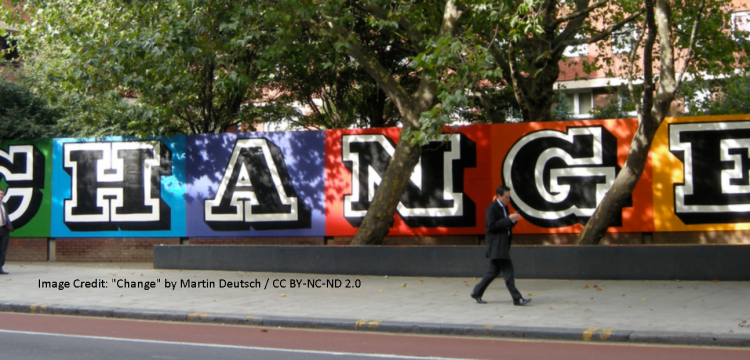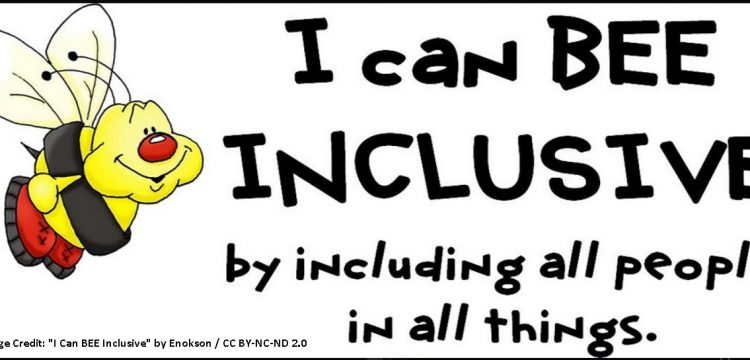Towards a more equal, inclusive higher education Patrick Blessinger, Jaimie Hoffman and Mandla Makhanya St John’s University (NYC), University of Wisconsin at La Crosse, University of South Africa Widening participation initiatives aim to improve access to higher education opportunities for all people. Driven by increased demand for education from all segments of society as well as legal reforms and human rights declarations, these initiatives focus on improving access for students from historically marginalised backgrounds (for example, ethnic minorities, students with disabilities and students from low-income backgrounds) to address inequities and inequalities in higher education. Thus, the heart of widening participation policies revolves around making access to education more fair and equal. To that end, equity and inclusion initiatives aim to address and redress longstanding practices of exclusion and privilege (typically along race, ethnicity, sex, gender and socio-economic class lines) which have tended to stratify society. Each society or institution of higher education is unique...
Inclusive higher education for the benefit of all
- Blog
- TAGS : Inclusion | International | Jaimie Hoffman | Mandla Makhanya | Patrick Blessinger | University World News | V4A12

Inclusive higher education for the benefit of all Patrick Blessinger, Jaimie Hoffman and Mandla Makhanya St John’s University (NYC), University of Wisconsin at La Crosse, University of South Africa Broadly defined, institutions of higher education are social structures that fulfil a common social purpose of creating an educated citizenry. They achieve this through policies, rules, customs, symbols and traditions. As such, institutions exemplify structures for social order, creating the norms and expectations for human behaviour. As such, educational institutions have an implicit social responsibility to ensure that these practices work for the benefit of all students. Throughout the nearly one thousand-year history of higher education, higher education institutions, or HEIs, have demonstrated remarkable resilience in the face of continual political, social, economic and technological change. HEIs have remained remarkably stable in their missions, structures and practices over the past millennium, even in the face of revolutions, innovations and other forms of...



